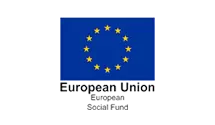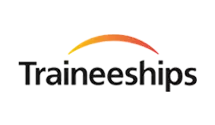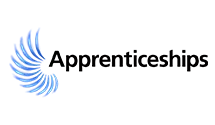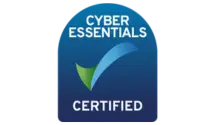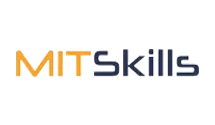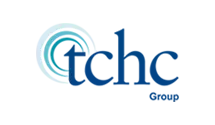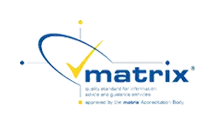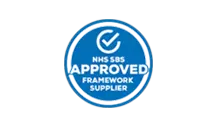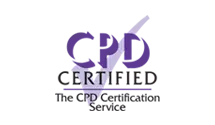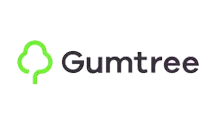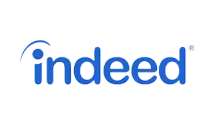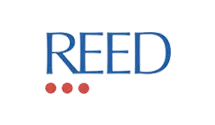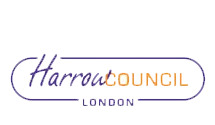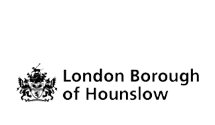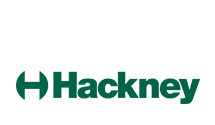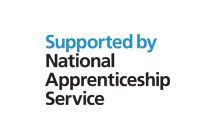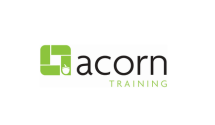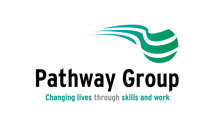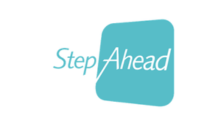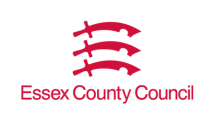
Accounts/Finance Assistant apprenticeship
The Accounts/Finance Assistant apprenticeship standard is at Level 2, the current entry level for an accounting apprenticeship.
Background
The Level 2 Accounts/Finance Assistant apprenticeship standard was approved and published on Friday 19 July 2019.
There are many similarities between this apprenticeship and the Level 3 and Level 4 apprenticeships, but a couple of key differences.
- Unlike the Level 3 and 4 apprenticeships, the Level 2 apprenticeship includes a mandated qualification. The AAT Foundation Certificate in Accounting is one of the qualifications that's been approved to use as part of the apprenticeship.
- The End Point Assessment (EPA) must be sat on top of the qualification unit and synoptic assessment (if using the AAT Foundation Certificate in Accounting qualification as the mandated qualification).
AAT Foundation Certificate in Accounting
This qualification delivers a solid foundation in finance administration, covering areas such as double entry bookkeeping, basic costing principles and using accounting software.
| Lecture # | Module | Lesson Plan | Date | Hours |
| 1 | Bookkeeping Transactions | 05/05/2022 | 3 | |
| Date | Lectures | Chapter | Objectives | Learning Activities | Learning Resources | Hours |
| 05/05/2022 | 1 | 1. Understand financial transactions within a bookkeeping system | 1.1 Indicate the purpose of business documents Students need to know: • PPD the purpose of business documents: petty cash voucher, invoice, credit note (including for), remittance advice, statement of account.
1.2 Distinguish between prompt payment, trade and bulk discounts Students need to know: • • • the difference between discounts offered: prompt payment, trade and bulk how discounts are shown on invoices: prompt payment, trade and bulk how t o use credit notes to adjust for PPD and how PPD is recorded once taken: discounts allowed or discounts received daybook, sales or purchases ledger account, general ledger discounts a llowed or received account as income or expenditure, sales or purchases ledger control account, value added tax (VAT) account. |
Live Lectures Recorded Lectures 1-1 Support Sessions Q&A Sessions Revision Classes Quizes and Question Bank |
EMS Portal Presentations Videos EBooks Study Notes | 3 |
| Date | Lectures | Chapter | Objectives | Learning Activities | Learning Resources | Hours |
| 05/05/2022 | 1 | 1. Understand financial transactions within a bookkeeping system | 1.1 Indicate the purpose of business documents Students need to know: • PPD the purpose of business documents: petty cash voucher, invoice, credit note (including for), remittance advice, statement of account.
1.2 Distinguish between prompt payment, trade and bulk discounts Students need to know: • • • the difference between discounts offered: prompt payment, trade and bulk how discounts are shown on invoices: prompt payment, trade and bulk how t o use credit notes to adjust for PPD and how PPD is recorded once taken: discounts allowed or discounts received daybook, sales or purchases ledger account, general ledger discounts a llowed or received account as income or expenditure, sales or purchases ledger control account, value added tax (VAT) account. |
Live Lectures Recorded Lectures 1-1 Support Sessions Q&A Sessions Revision Classes Quizes and Question Bank |
EMS Portal Presentations Videos EBooks Study Notes | 3 |
| Date | Lectures | Chapter | Objectives | Learning Activities | Learning Resources | Hours |
| 05/05/2022 | 1 | 1. Understand financial transactions within a bookkeeping system | 1.1 Indicate the purpose of business documents Students need to know: • PPD the purpose of business documents: petty cash voucher, invoice, credit note (including for), remittance advice, statement of account.
1.2 Distinguish between prompt payment, trade and bulk discounts Students need to know: • • • the difference between discounts offered: prompt payment, trade and bulk how discounts are shown on invoices: prompt payment, trade and bulk how t o use credit notes to adjust for PPD and how PPD is recorded once taken: discounts allowed or discounts received daybook, sales or purchases ledger account, general ledger discounts a llowed or received account as income or expenditure, sales or purchases ledger control account, value added tax (VAT) account. |
Live Lectures Recorded Lectures 1-1 Support Sessions Q&A Sessions Revision Classes Quizes and Question Bank |
EMS Portal Presentations Videos EBooks Study Notes | 3 |
| Date | Lectures | Chapter | Objectives | Learning Activities | Learning Resources | Hours |
| 05/05/2022 | 1 | 1. Understand financial transactions within a bookkeeping system | 1.1 Indicate the purpose of business documents Students need to know: • PPD the purpose of business documents: petty cash voucher, invoice, credit note (including for), remittance advice, statement of account.
1.2 Distinguish between prompt payment, trade and bulk discounts Students need to know: • • • the difference between discounts offered: prompt payment, trade and bulk how discounts are shown on invoices: prompt payment, trade and bulk how t o use credit notes to adjust for PPD and how PPD is recorded once taken: discounts allowed or discounts received daybook, sales or purchases ledger account, general ledger discounts a llowed or received account as income or expenditure, sales or purchases ledger control account, value added tax (VAT) account. |
Live Lectures Recorded Lectures 1-1 Support Sessions Q&A Sessions Revision Classes Quizes and Question Bank |
EMS Portal Presentations Videos EBooks Study Notes | 3 |
| Date | Lectures | Chapter | Objectives | Learning Activities | Learning Resources | Hours |
| 05/05/2022 | 1 | 1. Understand financial transactions within a bookkeeping system | 1.1 Indicate the purpose of business documents Students need to know: • PPD the purpose of business documents: petty cash voucher, invoice, credit note (including for), remittance advice, statement of account.
1.2 Distinguish between prompt payment, trade and bulk discounts Students need to know: • • • the difference between discounts offered: prompt payment, trade and bulk how discounts are shown on invoices: prompt payment, trade and bulk how t o use credit notes to adjust for PPD and how PPD is recorded once taken: discounts allowed or discounts received daybook, sales or purchases ledger account, general ledger discounts a llowed or received account as income or expenditure, sales or purchases ledger control account, value added tax (VAT) account. |
Live Lectures Recorded Lectures 1-1 Support Sessions Q&A Sessions Revision Classes Quizes and Question Bank |
EMS Portal Presentations Videos EBooks Study Notes | 3 |
| Date | Lectures | Chapter | Objectives | Learning Activities | Learning Resources | Hours |
| 05/05/2022 | 1 | 1. Understand financial transactions within a bookkeeping system | 1.1 Indicate the purpose of business documents Students need to know: • PPD the purpose of business documents: petty cash voucher, invoice, credit note (including for), remittance advice, statement of account.
1.2 Distinguish between prompt payment, trade and bulk discounts Students need to know: • • • the difference between discounts offered: prompt payment, trade and bulk how discounts are shown on invoices: prompt payment, trade and bulk how t o use credit notes to adjust for PPD and how PPD is recorded once taken: discounts allowed or discounts received daybook, sales or purchases ledger account, general ledger discounts a llowed or received account as income or expenditure, sales or purchases ledger control account, value added tax (VAT) account. |
Live Lectures Recorded Lectures 1-1 Support Sessions Q&A Sessions Revision Classes Quizes and Question Bank |
EMS Portal Presentations Videos EBooks Study Notes | 3 |

